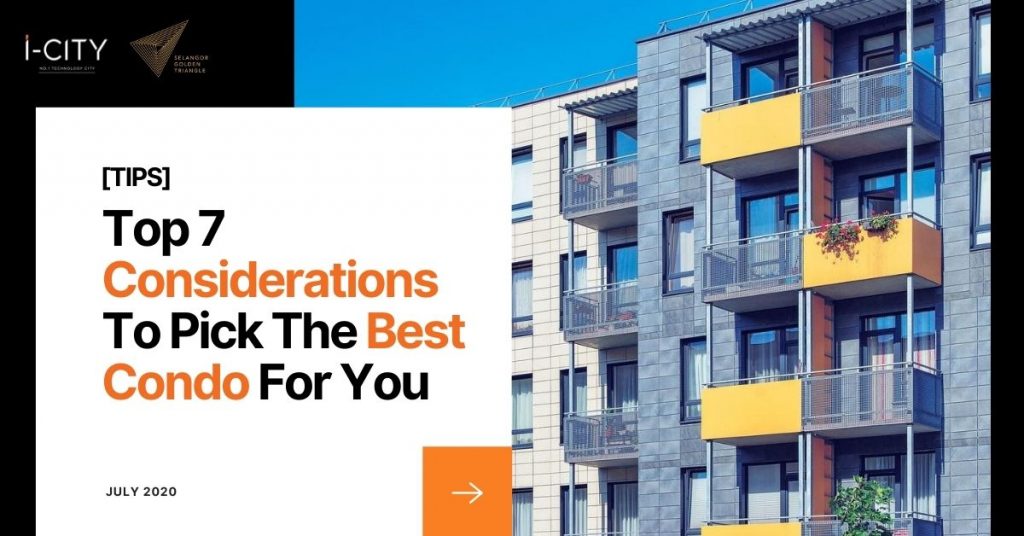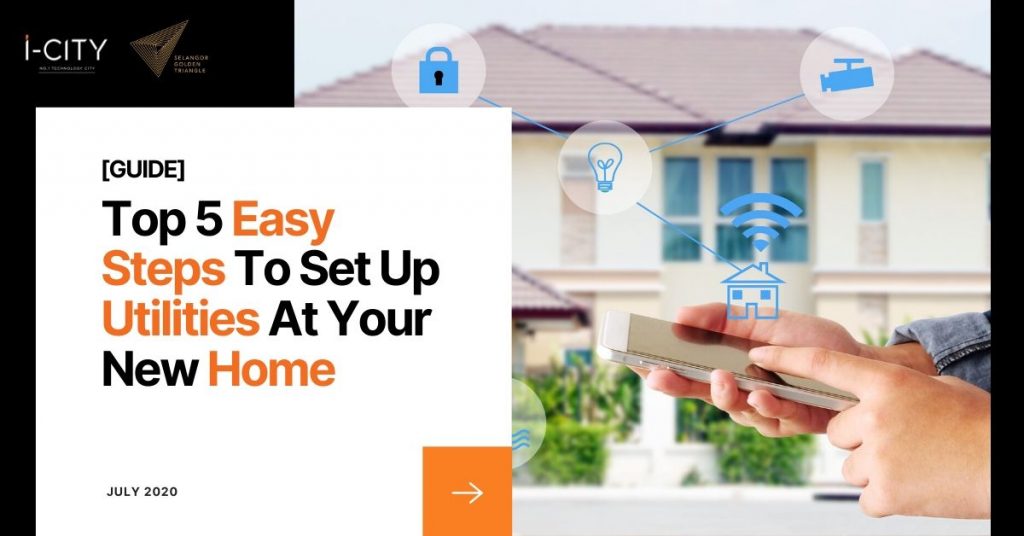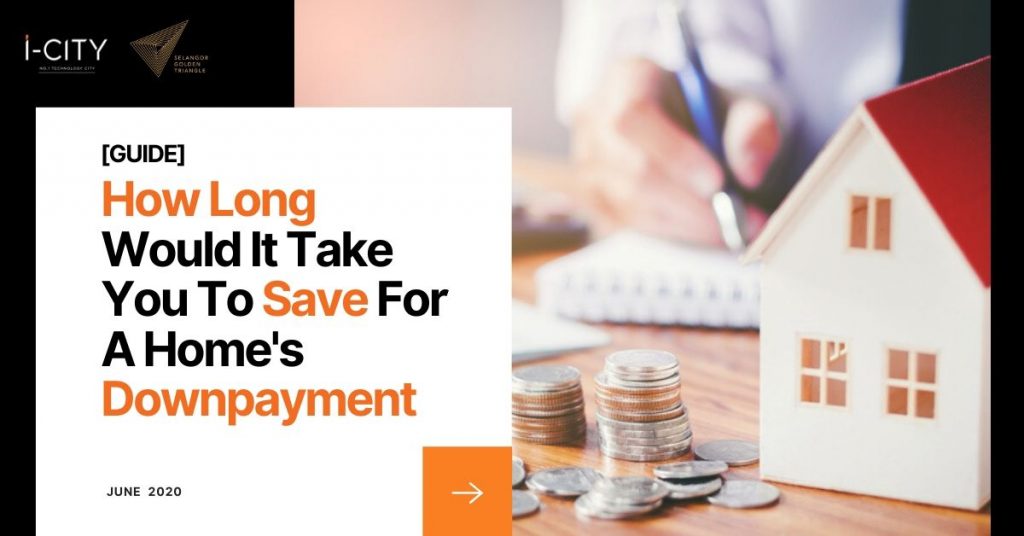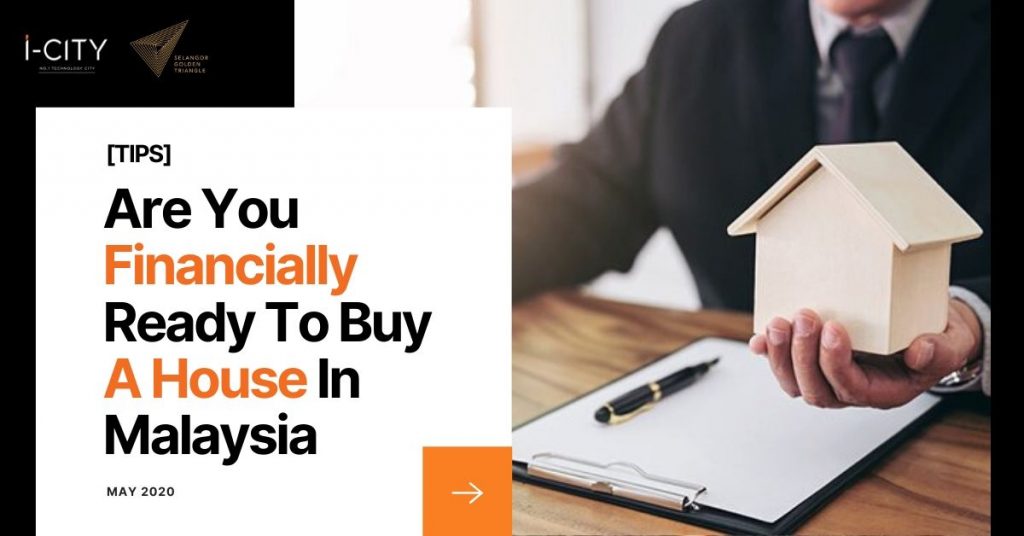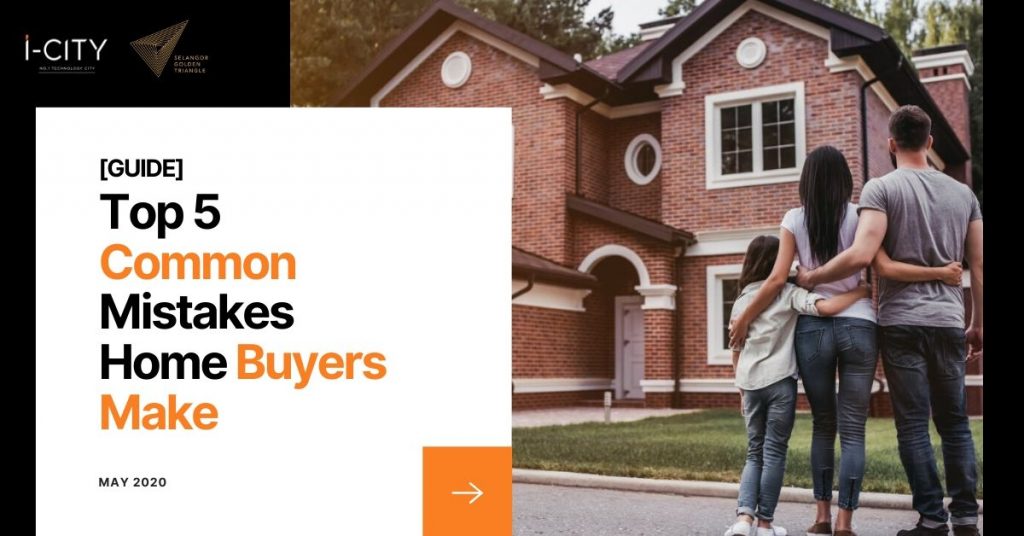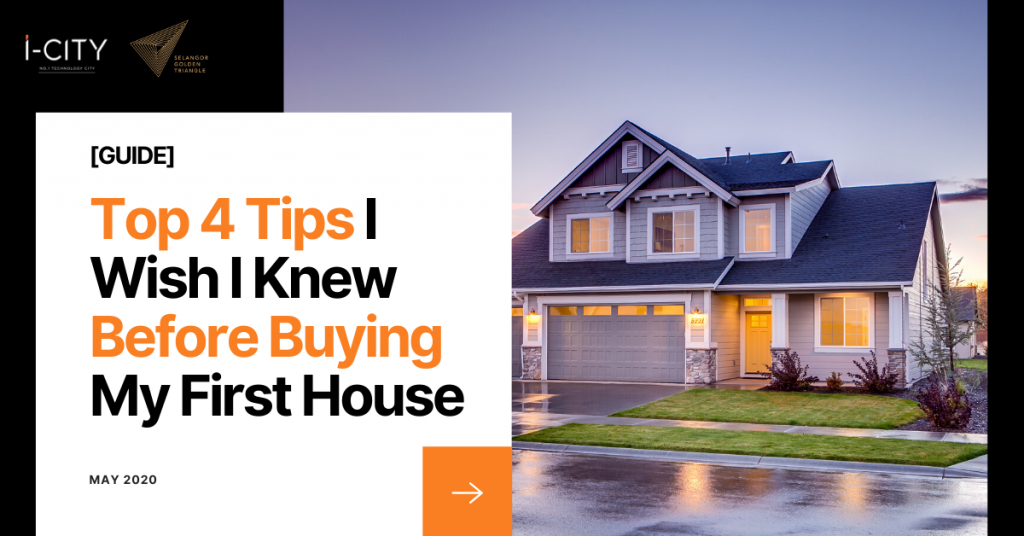It’s important to consider factors like the current and future space needs, unit’s orientation, floor level, and potential rental returns (to name just a few!) when it comes to selecting the best home. Malaysia is blessed with a bountiful and varied property industry. That means finding the right high-rise unit for you is about understanding what you want and hunting out the property that can match those expectations.
In a dream world, we probably all want to be living in that huge penthouse apartment with terrace views across the city skyline. The reality relies a bit more on your financial opportunities. The thing is though, finding the right apartment or condo is a lot to do with vision. Knowing what you want, and how to make that happen within your budget, is almost as important as securing that vital home loan. There are some serious considerations when thinking about your dream condo or apartment. Of course, first up is understanding the fundamental difference between what a condominium or apartment is in Malaysia.
Condo is a term largely used to describe the luxury or affluent end of Malaysia’s property industry. It encompasses stratified properties in shared upmarket developments. There’s no hard-and-fast rule on this, but generally, if it’s got lots of fancy facilities above and beyond what you expect, it’s likely a condominium. These properties tend to come in at price ranges of RM300,000 – RM500,000 and above.
But it’s unlikely to have a jungle-themed sensory garden/yoga area on the fiftieth floor as you might find in a fancy condo development. Apartments tend to start at around RM35,000 – RM100,000. With that understanding of apartment vs. condo in mind, what’s really important for your property-owning future? Let’s take a look at 7 considerations to inform your route ahead. The most obvious move is buying furniture. If you’re in a sub-sale property, you might be thinking about a little bit of home decor to make the home your own. That’s a great way to enjoy that warm feeling about a special place for your family. Before it all, however, you’re probably wondering about the question of home utilities. Both water and electricity supply are fairly important when it comes to ensuring a property is fit to live in.
Don’t worry, we’ve got your back. Here’s a simple explainer guide on sorting home utility connections for your property.

1) The Question Of Price

For someone who’s living on their own, they’ll have to worry about a myriad of other costs like rent, food, transportation, phone bill, and savings for an emergency. That’s why banks would always want to check on an individual’s Debt Service Ratio (DSR) before they can be approved for a home loan. This is a formula which will show if you’re able to repay your loan, or if you’ll be barely surviving each month.
You can read all the most amazing property reviews in the world, but your first and main concern when it comes to property purchases should be a question of informed finances. We get it. We too want that condo with a covered walkway direct to the MRT station and a luxury rooftop restaurant overlooking the city. But you can work your way towards that later; right now you need to understand your current budget and affordability.
A 10% downpayment is a considerably large amount of cash and can seem almost impossible to reach for many Malaysians. It’s one of the reasons why people usually take years to save up every single Ringgit they can. If you want to do the same too, here are some tips and advice for you to get started on your home buying journey:
It’s also important that you don’t just focus on the maximum value of the property you can afford. You need to ask yourself questions about the lifestyle you want to afford too. If you commit to a high-repayment home loan that takes up the majority of your income, you’re not going to have much to survive on, let alone eat out or enjoy fulfilling leisure time. That’s aside from thinking about how pressures such as losing income might hit.
Everyone’s priorities are different, but what unites every homebuyer in Malaysia is a need to undertake detailed financial planning before moving ahead with your property purchase. One thing we would say here: It’s not all about the cost today, but the capital potential tomorrow. A smart buyer is thinking about how much a property is worth at the point of sale, as much as at the point of purchase.
2) Now (And Future) Space Needs

It’s not just what comes into your home, but what goes out that you need to think about! Sewerage services are another important part of your home utilities to consider. Choosing the right unit type for you requires a little forward planning. The space within a property is definitely an area where that all-important vision comes into play. SOHO/studio apartments are amazing for a young professional, but might not be so fitting for your marriage and baby plans a few years down the road. A duplex loft might be the dream you’ve always wanted, but that significantly limits the type of property and space available within. You need to picture yourself in the space, how it fits with your idea of what furniture/fittings you want in your property, and crucially – how you imagine yourself living in that space.
Broadly speaking, the flexibility of space in a unit is more limited the smaller the unit is. That’s probably obvious, but what it means is a one-bedroom place will have very limited layout options. The two-bedroom unit type will provide more flexibility, as the internal layout generally offers more dynamic space depending on the complex. Something with three bedrooms or more is the ultimate choice for flexible space but is also obviously moving towards a far pricier property option. Clever designs can help you make the most of a compact space, but it is very unlikely to allow you to extend it or make it larger in the way where you can add an extension to landed property. Of course, if you really love the property market experience, you can always sell it off and upgrade your property at a later point when life (and finances) provide the desire to gain more space.
3) The Furniture And Fittings Available

These can vary wildly from one high-rise building, and indeed one unit, to the next. A good rule of thumb is the more you have access to, the more expensive a unit will be. If you’re on a limited budget, you need to assess what’re the priorities for you. This will ensure that all parties in a deal understand what furniture and fittings are included in the final deal. It’s more complicated for newly built properties. When it comes to your high-rise unit itself, check to ensure you are in agreement about what comes with the purchase price. That means checking about kitchen appliances for example, as well as what type of air-conditioning unit is provided.
It’s worth recognizing that Malaysia’s electricity supply industry is undergoing something of a transformation, and that a competitive retail market is set to open up in the coming years. These might seem like small questions, but consider that an efficient air-conditioning unit, in particular, can make a big difference to costs in the long-term.
It’s also worth checking about the materials that will be used in your condo. A show apartment is one thing, but you want to make sure that what you see there is reflected in the finished unit. One thing to remember is that the appliances and materials used in your unit will be a good indicator of the overall approach to quality. A developer using state-of-the-art fittings and sustainably sourced materials indicates a commitment to quality that will be present throughout the entire complex. That means residential consumers will be able to choose and change tariffs between competitive suppliers at some point in the future.
4) Unit Orientation

As Malaysia’s largest electricity supplier, there’s a good chance that most readers will be arranging a connection with TNB. There are two big questions for unit orientation – the views, and the sunlight. The first is more a question of aesthetics. Everyone wants a breathtaking view, so a truly magnificent panorama outside your window can be both a wonderful selling point, and a significant uptick in prices.
When thinking about views, it’s good to understand what might emerge in the future. Paying above market value for a stunning view over Penang’s coastline, only to discover a monster building is being developed in front of you the following year, will not make for a happy property purchase journey. Now, sunlight is more of practical consideration, with some aesthetics sprinkled on top. In case you’ve forgotten: The sun rises in the east, and sets in the west. That means your unit orientation can make a big difference.
A north-south oriented property will ensure that your unit avoids direct sunlight throughout the day. The arc of the sun’s journey will pass from one side of your property to the other, avoiding the problems of direct daytime sunlight. This means properties will tend to be cooler during the day and require less air-conditioning to keep temperatures down.
A west-east orientation is best avoided, and frankly, most developers are smart enough to not even develop properties like this. These units get blasted by heat throughout the day, making for a potentially uncomfortable living experience. Slightly tweaked versions of the north-south property orientation are also widely seen in the market. A south-east orientation, for example, would provide properties a welcoming morning blast of sunlight, before it fades away to leave the unit cooler during the day. Understanding the impact of orientation on sunlight, and liveability is a top tip for your property considerations.
5) Floor Level

How high do you want to live? Or how high can you afford, really? It would be easy to just think of floor level as a question of cost, but there are some serious practical considerations that inform this decision.
Ground/lower floor
Let’s start from the bottom up! The ground floor can be an extremely convenient place to live. Waiting for lifts is a real pain, particularly in a densely populated development with limited lift space, or if lifts are often down for maintenance. Living on the ground floor or the first floor means you’re well-located for access and entrance to your property, with just a small walk and possibly a flight of stairs between you and home. That means no yelling at the lift buttons as you try to get to that meeting that started 10 minutes ago. Ground floors also have the potential of private outdoor space, or at least some sort of link to the outdoors that directly connects you with the open air and nearby facilities. That can be as simple as access to the badminton court.
Another element of convenience is the question of family. Kids/pets and balconies aren’t always the best combination, even aside from the limited outdoor space that balconies provide. The downside of the lower floors can be the increased noise levels, as you’re closer to both the development’s entrance and potentially the infrastructure such as busy roads.
Middle floors
If you’re a resident in Sabah, the process for power supply connection isn’t all that different from the one followed in Peninsular Malaysia. The cliche goes that the middle child is often neglected, and that can be true for the middle floor too. You don’t tend to get huge variations on the dynamics (no roof/no garden), and the views between floors tend to be very similar also.
That doesn’t mean they’re a bad option at all; in fact, there are some stunning middle-floor units in properties across Malaysia, some of which can still boast good views of the facilities deck. It just means these units tend to have less differentiating factors and raises real questions of whether you want to pay additional costs to go higher or lower in the property
Top floor
You’ve made it in life and you’ve risen to the top! The top floor is home to the iconic penthouse or larger balconies with sweeping views. Of course, that’s only if you’re able to pay for it. The top floor is about paying for life’s pleasures. You gain better views, as well as much lower noise levels as you tend to be high above the chatter of the city, or the facilities.
The roof itself also adds some dynamic options, potentially higher ceilings, or even a private rooftop terrace. The top floor boasts better security, simply by the nature of it being less accessible than properties on lower floors. Of course, that accessibility does mean you’re more reliant on lifts, and it takes longer to exit the development than others.
6) Connectivity (In And Out)

We now come to the question of connectivity. This reflects on both the development as a whole, and the units within the development. First of all: The development. Are you the kind of person that needs to have ease of access, whether it’s for travel to work or networking outside it?
The location of nearby public transportation or highways can significantly impact the price of the property, but also your lifestyle. It’s good to think about what you value in life, and how much more you’re willing to pay to save yourself time through travel.
If you’re commuting everyday into the KL city centre, then a property with good access to public transport could be a REAL bonus to your life (read: bye traffic gridlocks)! Of course, there’s not just external connectivity to think about, but internal too. If you’re on the top floor of a high-rise property at the far corner of a township, then talk of ‘5 minutes walk to MRT’ could be significantly misplaced.
Waiting for lifts, getting to the lobby, walking across the development to the covered bridge over the highway – it’ll all take time. And that time can add up, specially if there’s human traffic. If connectivity is a serious consideration for your lifestyle, be smart and consider where exactly you want your unit to be within a development.
7) Maintenance Costs

Maintenance costs are particularly important for rental properties, but they’re also an essential wider consideration for your property purchase. There are two overarching types of maintenance costs. First, are those internal costs for upkeep and repair. This is especially important in secondary markets, where you’re buying a previously lived-in property.
Carry out a close and detailed inspection of the quality of the internal fittings and appliances to understand just how worn out they might be. The second, potentially more important long-term cost, is the question of the development’s maintenance fees and sinking funds.
If it has extensive facilities, with infinity pools next to rooftop BBQ pits, alongside state-of-the-art security measures, then you can expect to pay more for the shared responsibilities of upkeep and maintenance. Factoring these kinds of costs into your budget is the difference between a pro-property planner and sad no-more-holidays-every-year disappointment.
Credits: PropertyGuru

